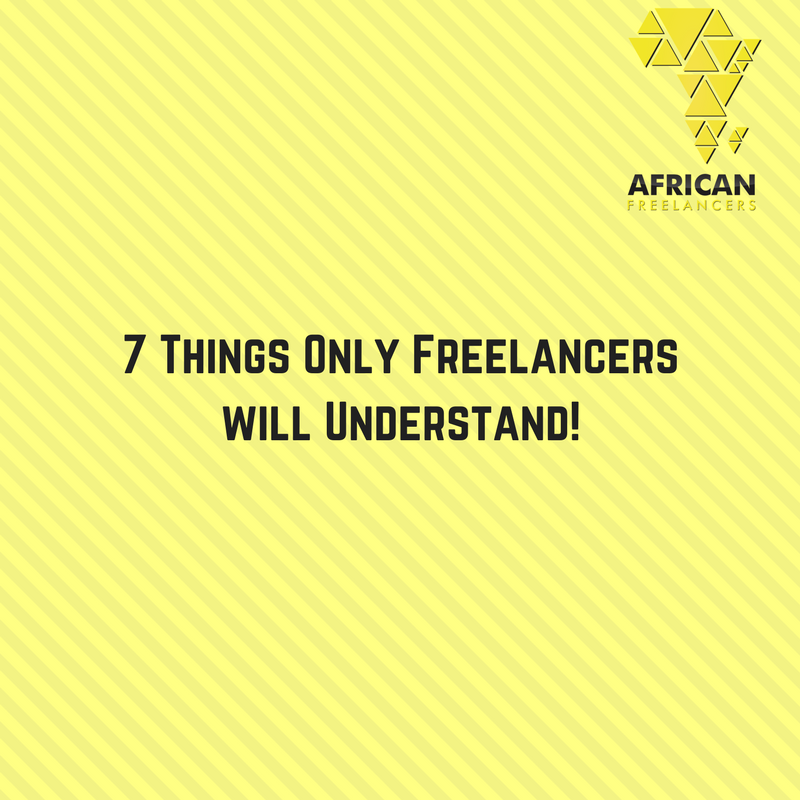Freelancing Agreements are written contracts used for providing a clear pattern or directions, concerning a project plan or a work to be done and the compensation or payment that would be made before/during/after the job has been done.
Before delivering any service for a client or an organization, it is essential for a freelancer to draft a well-written contract for a client on paper, explaining the services needed by the clients, the duration of time and the amount to be paid for the services to be provided. An agreement is usually specific, clear and thorough in the description.
Defining the nature of Project
Create a descriptive title for the Agreement, for example; “Freelance Creative Writing or Freelance Contract.” Make it concise and legible. And type it on the centre page of the contract paper.
- Mention the full names of the two parties involved. Give each name a title like “Client” or “Contractor.” If it’s a company that hired you for work, make sure to use their full legal name.
- Describe the services you are to provide. If the work is a complex one, the description may be a bit lengthy but very specific. So as much as you can, no matter the kind of project it is, always provide short, sufficient information about the nature of the job. The reason why you have to be very specific is to avoid having the job spiral out of the agreed specifics into more works you didn’t sign up to or are not getting paid for.
- Do not leave long explanations about every detail of work to be done. Not all jobs need an explanation to be understood. Some are self-explanatory and therefore requires a simple general reference; especially with clients/organization, you are certain they may not be a breach of contract. Works that are technical or design based requires longer description and can’t be specified in short details without losing some vital information. To avoid this, create a project plan for the job and append it to the contract. Let the job description in the contract read something like “services described in the appended project plan.” Do the same with your client’s project plans. This allows you a great level of flexibility and curtails a stable contract that need not be changed every time there’s a new client.
Establishing the Work Specification
- State the payment plans, how it is being compensated and within what time frame it is due.
- Specify the relationship between you and the client. It is important to state that you are the contractor/freelancer and they are your client and so not under the obligation of an employee and an employer but would provide a perfect job in your manner, time and place as agreed.
- Outline the time frames and processes for the project plan. Projects like web design and app/software development require step by step processes, testing and user’s test.
- Make an allowance for circumstantial termination if there should be a breach of contract. That is to say, there should be specifications on what grounds such agreement can be annulled.
- Be clear and specific about who owns the products or software or programs created. Most research works, designs, forms and manuscripts are owned by the client.
Sealing the Contract
- Include a confidentiality clause, stating that personal or private information provided by the client, such as their medical reports, financial records or legal files should be treated in secrecy and not used for an external work or another paid project. This is to foster trust and integrity between the contractor and the client.
- Include a governing law to the freelance agreement. These are literary laws customary to every state or country as regards to products or services rendered. It can be the governing law from your country or that of your client. Should in case there be a dispute over payment or ownership of products created, this law is there to protect the interests of both parties.
- Include a subtext that provides the amendment of laws, should any of the terms be found unenforceable or redeemable by any court.
- There should be a relief clause for your client, should in case you try to get greedy with the information provided or shared with you by them. This is to allow him an injunction in the court of law and to provide him with the power to restrain your actions.
- Add the date for both parties to sign the contract. If you are not certain about what date to include in the contract, leave it blank and have it written once agreed upon.
- Create a signature block for both parties to sign on. Leave enough space for the signature and write both parties name and titles in full.
- Number and format your contract agreement appropriately.






